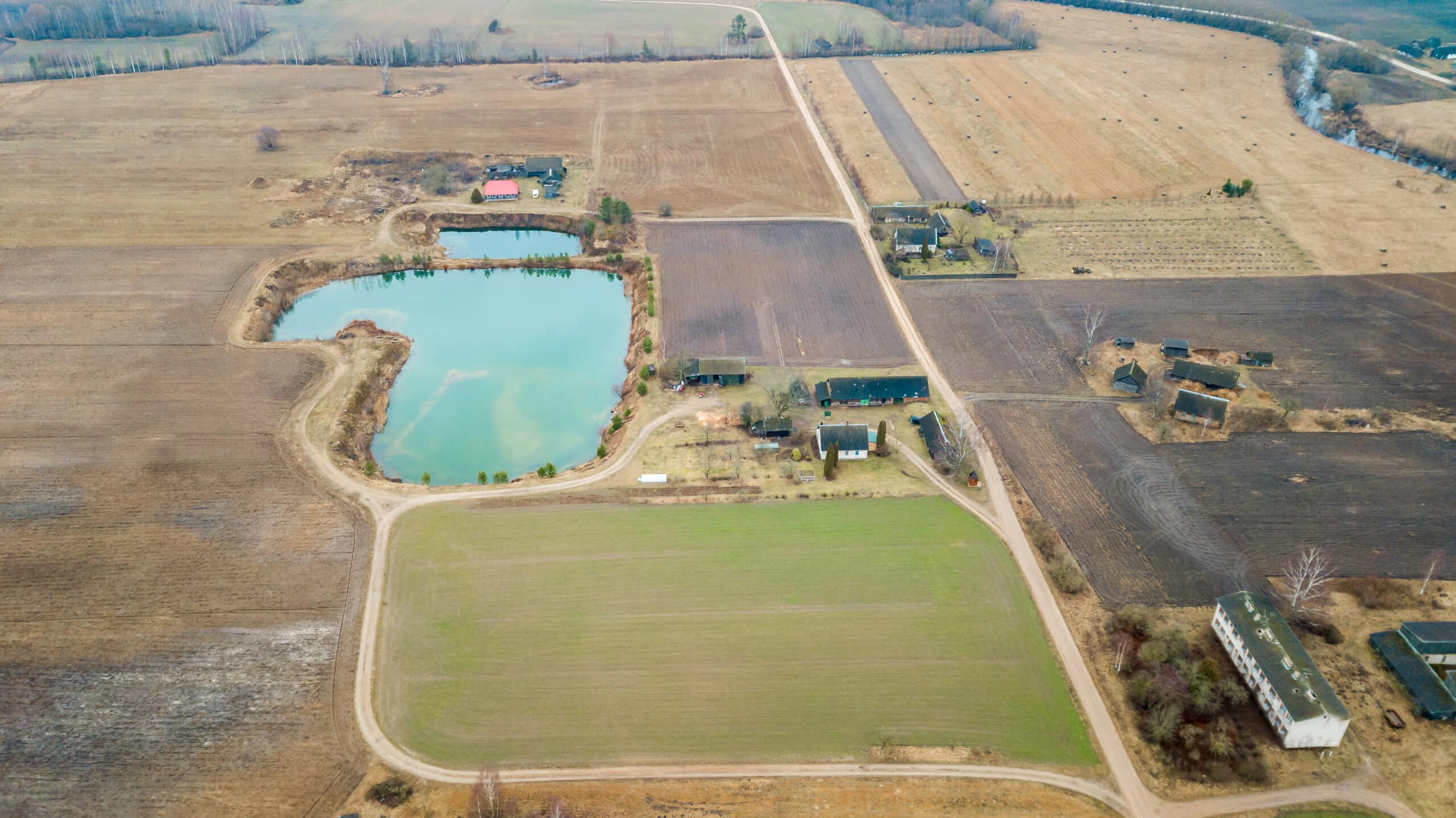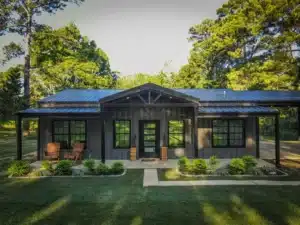When selecting land for building a barndominium, several factors come into play to ensure the property is suitable and aligns with your goals. Here are the key considerations:
1. Zoning and Restrictions
Choosing the Right Location for Your Barndominium
Why Choose a Barndominium: The Benefits of This Unique Home Style
- Zoning Laws: Check the zoning regulations in the area to confirm that residential structures like barndominiums are allowed.
- Deed Restrictions: Look for any restrictive covenants or deed restrictions that might prohibit barndominiums or metal buildings.
- HOA Rules: If the property is within a homeowners association (HOA), verify their building requirements.
2. Topography and Soil Conditions
- Flat or Gradual Slope: A relatively flat piece of land will simplify construction and reduce costs.
- Soil Quality: Conduct a soil test to determine if the ground is stable enough for your foundation type and to identify any potential issues like expansive clay.
- Drainage: Ensure the land has good natural drainage to avoid water pooling around your structure.
3. Utilities and Infrastructure
- Electricity: Check for access to nearby power lines or the cost of running electricity to your property.
- Water: Determine if the property has access to municipal water, a well, or if you’ll need to drill one.
- Sewage: Verify whether the area has access to a sewer system or if you’ll need to install a septic system.
- Internet and Communication: Check the availability of reliable internet, especially if you work remotely.
4. Access and Road Conditions
- Ease of Access: Look for well-maintained roads leading to the property.
- Driveway Feasibility: Evaluate the cost of building a driveway if none exists.
- Flood Zones: Check flood zone maps to ensure accessibility isn’t compromised during heavy rains.
5. Size and Orientation
- Adequate Acreage: Ensure the property is large enough to meet your needs for the barndominium, outdoor spaces, and any future expansions.
- Orientation: Consider sun exposure and prevailing winds to optimize energy efficiency and comfort.
6. Utilities and Infrastructure Costs
- Site Preparation Costs: Assess the land-clearing needs, such as removing trees, leveling the ground, or demolishing existing structures.
- Permits and Fees: Factor in the cost and time required to obtain necessary permits.
7. Environmental Factors
- Natural Hazards: Investigate any risks of flooding, wildfires, or soil erosion.
- Wildlife: Determine if local wildlife poses a threat to safety, livestock, or crops.
- Vegetation: Consider the type of trees, plants, and vegetation for landscaping and privacy.
8. Future Plans
- Expansion Potential: Choose land that can accommodate future buildings, barns, or other structures if needed.
- Proximity to Amenities: Decide how close you want to be to schools, stores, hospitals, and other services.
- Resale Value: Research local property trends to understand how the land might appreciate over time.
9. Legal and Survey Work
- Land Survey: Hire a professional to survey the land for property boundaries and ensure no encroachments exist.
- Easements: Check for easements or rights-of-way that could limit your usage of the land.
- Title Search: Conduct a title search to ensure the property is free of liens or disputes.
10. Aesthetic and Lifestyle Preferences
- Views: If scenic views are important, select land that offers a desirable vantage point.
- Noise Levels: Ensure the location offers the level of privacy and quiet you desire.
- Neighbors: Consider the proximity of neighbors and how it fits your lifestyle.
Careful evaluation of these factors will help you find land that fits your needs and avoids potential complications down the road.




